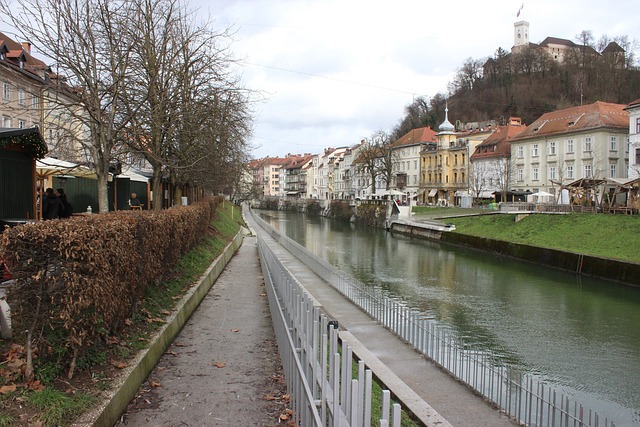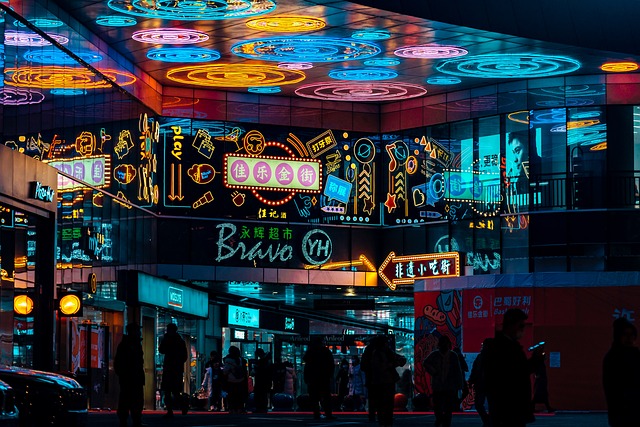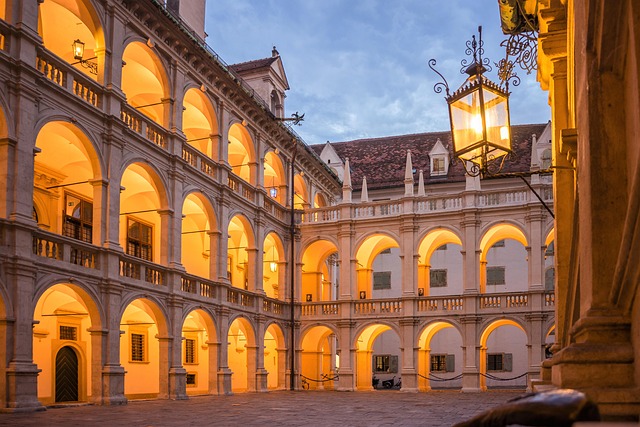Traffic patterns in Karachi's Shah Faisal Colony pose challenges due to dense population and labyrinthine streets, leading to peak-hour congestion. Urban planners can revolutionize mobility by analyzing travel times, vehicle densities, and routes to optimize road infrastructure and implement intelligent transportation systems. Strategies to tackle traffic include enhancing public transport, encouraging carpooling, dynamic pricing, advanced technologies, mixed land use development for walkable neighborhoods, and improving road maintenance.
Navigating the traffic of Karachi’s vibrant Shah Faisal Colony is a complex challenge. This bustling metropolis, with its intricate web of roads, faces significant congestion issues, impacting daily life and economic growth. Understanding the unique traffic patterns requires a deep dive into the causes, which range from infrastructure gaps to inefficient transportation management. This article explores these challenges, delves into potential solutions, and offers insights into the future prospects for transforming Shah Faisal Colony’s traffic flow, ultimately enhancing the quality of life for its folks.
- Understanding Traffic Patterns in Karachi's Shah Faisal Colony
- Challenges and Causes of Congestion
- Potential Solutions and Future Prospects for Better Traffic Management
Understanding Traffic Patterns in Karachi's Shah Faisal Colony

Traffic patterns in Karachi’s Shah Faisal Colony, a vibrant and bustling area, present unique challenges and insights into urban mobility. The colony, known for its labyrinthine streets and dense population, experiences peak traffic during rush hours, with vehicles crammed onto narrow roads. Understanding these patterns is crucial for navigating the area effectively and addressing congestion issues.
In light of the above, studying the flow of traffic involves analyzing travel times, vehicle densities, and common routes. This information can guide urban planners in optimizing road infrastructure, implementing intelligent transportation systems, and potentially introducing innovative solutions like dedicated bus lanes or cycling paths. By delving into these patterns, we can enhance mobility for folks residing and commuting through Shah Faisal Colony, ultimately revolutionizing the traffic landscape of Karachi.
Challenges and Causes of Congestion

The traffic congestion in Karachi, particularly in areas like Shah Faisal Colony, is a complex issue with multiple interrelated causes. One primary factor is the rapid urbanization and population growth that has led to an increase in vehicle ownership. As more people move to the city, the demand for road infrastructure outstrips supply, causing bottlenecks and delays. Moreover, inadequate public transport systems encourage private vehicle usage, exacerbating the problem.
Another significant challenge is the poor planning and design of roads and intersections. Narrow lanes, poorly maintained signals, and a lack of proper traffic management strategies contribute to congestion. Additionally, construction activities and unauthorized encroachments on road spaces further reduce the already limited commuting capacity, leading to prolonged travel times and frustrated residents.
Potential Solutions and Future Prospects for Better Traffic Management

To alleviate the traffic congestion in Karachi, particularly within Shah Faisal Colony, several potential solutions can be implemented. One such strategy involves enhancing public transportation infrastructure and promoting its use through affordable fares and efficient routes. Encouraging carpooling and implementing dynamic pricing for road usage could also help during peak hours. Smart city initiatives, including real-time traffic monitoring systems and digital signage, can provide drivers with accurate, up-to-date information to make informed choices.
Looking ahead, the integration of advanced technologies like autonomous vehicles and connected transportation networks holds promise for transforming Karachi’s traffic scenario. These innovations could lead to smoother traffic flows, reduced accidents, and better utilization of road resources. Moreover, urban planning efforts should focus on mixed land use development, fostering walkable and bike-friendly neighborhoods, which can significantly decrease the reliance on private vehicles and alleviate congestion in the long term.
The traffic congestion in Shah Faisal Colony, Karachi, is a complex issue with multifaceted challenges. By understanding the intricate patterns and causes, we can implement effective solutions such as improved public transport, smart city technologies, and efficient road design. Investing in these strategies will not only alleviate current congestion but also set the stage for a smoother, more sustainable future for Karachi’s residents.
